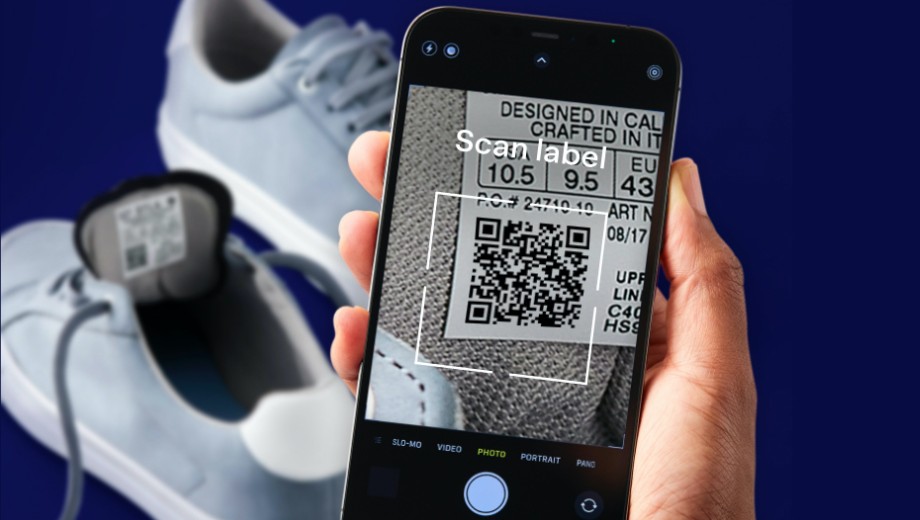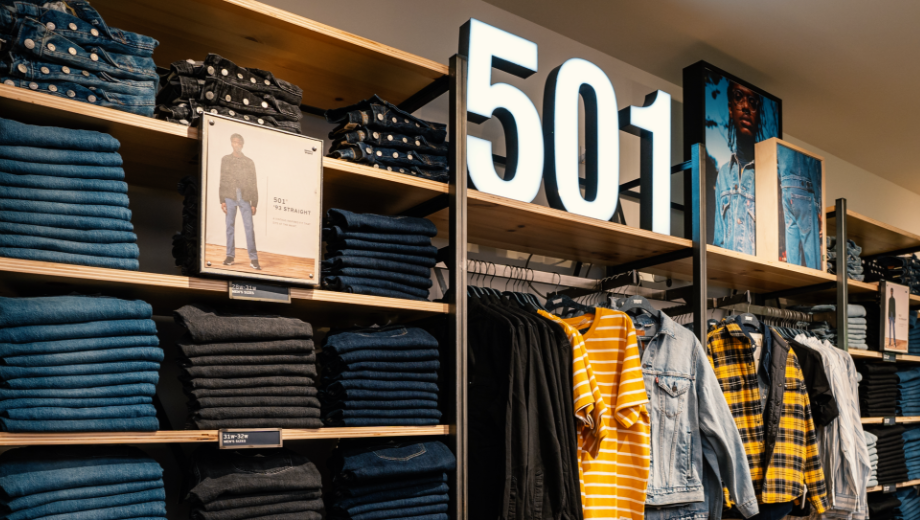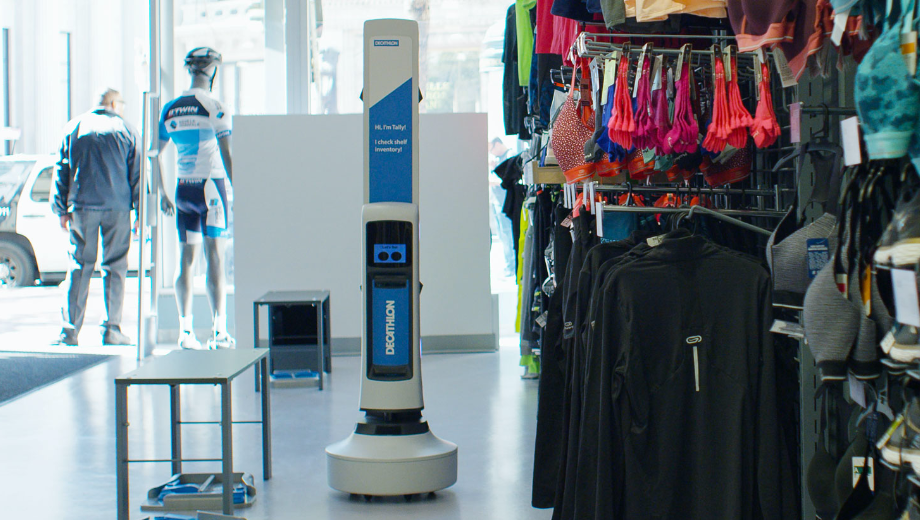We live in a world where everything is connected—and is becoming increasingly so. From cars to kitchen utensils, the Internet of things is making it easier than ever for devices to share information that can help customers get more from their products.
But not everything is a smart device—which means the next step in our quest for a connected world, is bringing ‘dumb’ products online too.
That means taking the concept of this connectivity and embedding intelligence into the products that brands and retailers already sell.
By using NFC (Near Field Communication) technology, it’s now possible to do this with almost any product, allowing consumers to interact digitally both on the sales floor and beyond the point of purchase.
We’re not talking about traditional Internet of things here (connected toasters and juicers), we’re talking about the internet of your things—a way to take existing products, and connect them to your digital systems of record.
This could mean clothes that tell you about the materials they’re made from, books that link you to authors’ social media accounts, or an album cover that links you to a bonus playlist. The limit is really our imagination, and there’s great benefit to it, too.
DYNE discovers connected clothing
A brilliant example of this can be found in the work our partner company, Blue Bite, is doing to help the luxury sports apparel company DYNE enhance its customer experience offering.
By placing small NFC tags into the fabric of DYNE’s clothes, Blue Bite has created unique product experiences, allowing customers to stay connected with the brand and learn more about the clothing they own.
These tags share everything from information about how to care for different materials, to custom music playlists, social media updates, and exclusive product information.
The ROI of connected clothing
The best thing about this experience, from DYNE’s point of view, is that the technology needed to implement these ‘living product’ experiences is mature and compatible with the typical production cost levels in the apparel industry.
However, if you couple this with the cost of the initial platform implementation and experience design, then substantial ROI was still needed to offset the assumed implementation cost of $69,638 over three years.
With this in mind, DYNE had several set goals: to enhance marketing initiatives and drive greater brand awareness, and to improve user loyalty, engagement, and repeat purchasing.
The results spoke for themselves. Within the first few months, social interactions, among other efforts, resulted in a 250% increase in website traffic.
The technology proved to be a real competitive differentiator, with Dyne estimating that 85% to 90% of its competitors were without this type of technology. And according to the company’s Marketing Manager, the difference this made was huge: “Blue Bite influenced 80% of our deals to close that may not have before.”
Ultimately, it’s estimated that Blue Bite’s involvement with DYNE will see a $400,000 annual sales increase, an extra $253,659 of enabled profit, and a $26,858 productivity saving over a three-year period.
We’ve talked a lot about the potential for innovation and operational insight that comes with living products. As DYNE learned first-hand, those benefits aren’t just abstract notions—they have a real impact and deliver tangible ROI.
It’s the kind of strategic leap forward brands and retailers have been looking for. But it’s only the visionary brands like DYNE that have made a head start on turning it into real, demonstrable competitive advantage.



